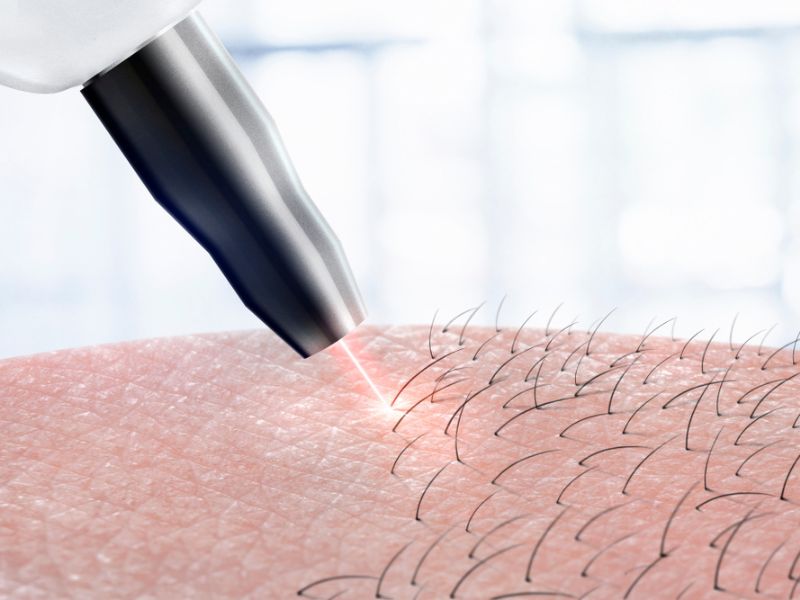You should be happy with your body hair if you love it! If you want to remove it, either temporarily with a laser device at home, with a hair removal cream, or permanently, that is also an option. Various factors determine the effectiveness of laser hair removals, such as the color of your hair and the level of your hormones.
Electrolysis hair removal is the only permanent hair removal method approved by the FDA. The expert verdict on everything you need to know about how it works, cost, and discomfort.

Image Credit: Shutterstock/bumbumbo
Electrolysis Hair Removal: What Is It?
Board-certified dermatologist Michele Green explains electrolysis as a permanent hair-removal procedure without puncturing the skin. Any part of the body where unwanted hair is present, such as the face, legs, underarms, and bikini area, can be treated this way with an electric current that destroys the follicle permanently.
Is Electrolysis Painful?
The needle used during electrolysis can sometimes cause discomfort as it can prick or pinch the skin. It depends totally on your pain tolerance. Electrolysis might not be for you if you hate waxing or laser hair removal. Green recommends using a lidocaine cream before the procedure to numb the area and reduce discomfort.
Electrolysis: What You Need to Know
Choose a reputable and certified electrologist before scheduling an electrolysis appointment. Green explains that the treatment works best on well-hydrated skin. The patient should avoid sun exposure and retinoids a week before their appointment. Please let your electrologist know if you have any medical conditions or medications.

Image Credit: Shutterstock/Juta
Taking Care of Skin After Electrolysis
The experts recommend applying sunscreen regularly after the treatment and avoiding direct sun exposure. Soreness and swelling may occur immediately after treatment. An ice pack can relieve discomfort and reduce inflammation. Keep the treated area clean and hydrated. During healing, do not touch, scratch, or rub the area.